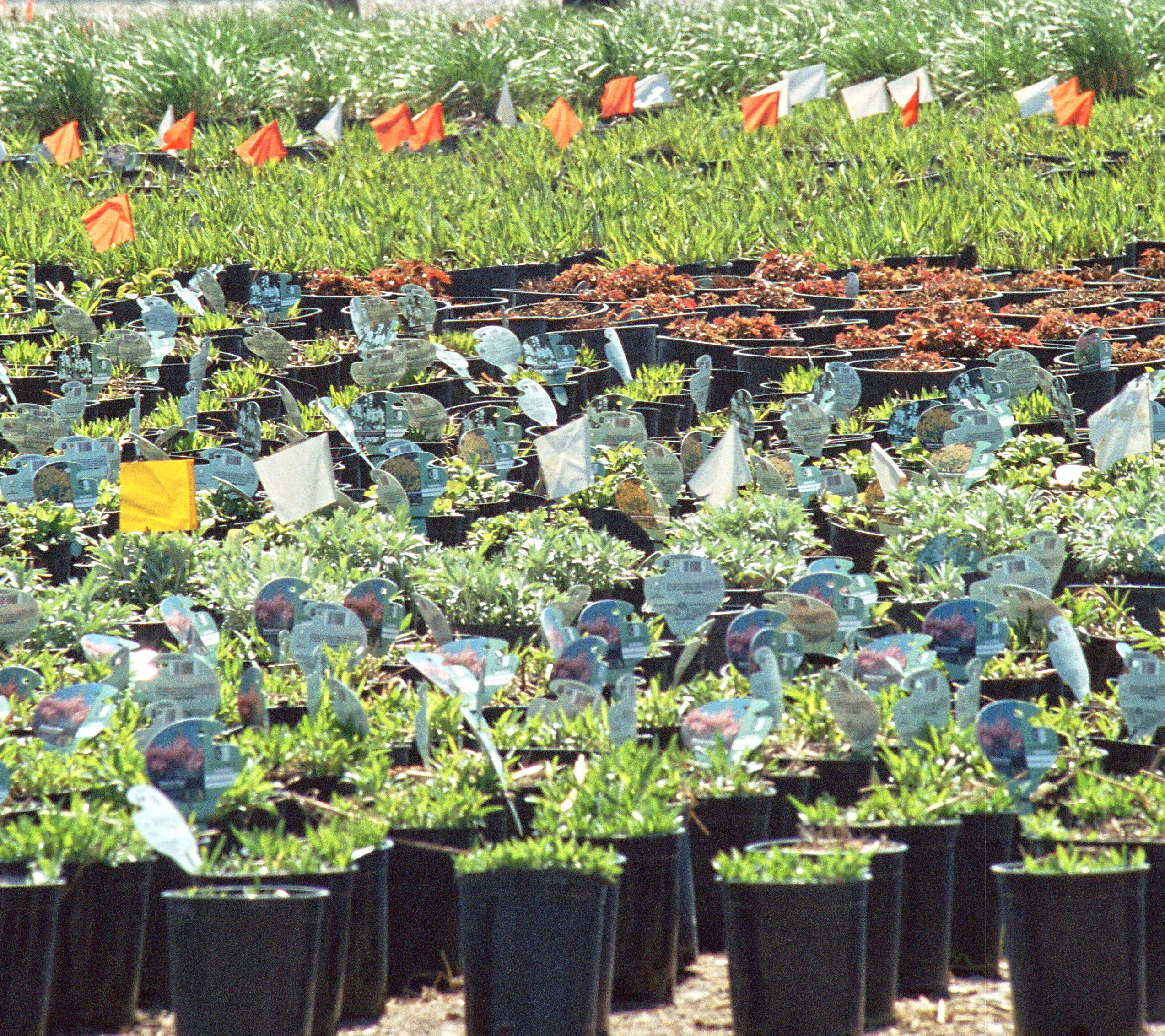–by Jonathan Eisenthal

It’s a vivid snapshot of the garden and yard industry in Minnesota, and what it adds to the Minnesota economy:
- $3.5 billion dollars
- 42,000 full and part-time employees
- $1.9 billion in direct sales.
Having come out the other side of the Great Recession, the Minnesota Nursery and Landscape Association (MNLA) wanted to know how their industry—which includes small- and medium-sized nurseries and landscape businesses, but not big box stores—was faring. So, they chose to revisit an economic impact analysis of member businesses first done in 2002. The study was conducted by St. Cloud State University’s School of Public Affairs Research Institute, which performed the first economic impact study, and was funded by MNLA, AURI and the Minnesota Department of Agriculture’s Minnesota Grown program.
“This economic impact study benefits us in many ways,” explains Cassie Larson, executive director of the Minnesota Nursery and Landscape Association. “Most importantly it helps us quantify the economic impact our industry and member businesses have on Minnesota’s economy for a variety of audiences including our own members, legislators, educators, and the general public.”
Member landscape and nursery businesses might also look at the study to see what regions are having greater activity, or where there may be a region that is underserved. “It also helps businesses to benchmark themselves against each other and the industry as a whole,” Larson says.
Adjusting to the new economy

Looking at the numbers, researchers concluded that the recession that hit the housing sector also had a significant impact on nurseries and landscapers. More people began to use big‐box retailers and fewer purchased goods and services from smaller businesses. During these changes, more of the MNLA members began providing landscaping services, which may hint at a future trend.
“I think as the baby boomer generation moves into their retirement years, they don’t want to do all the yard work themselves,” Larson observes. “They want to hire someone to do it for them. The study doesn’t really provide proof of the reason behind this trend, but that’s my inkling.”
According to the study, “the total number of Minnesota Landscape and Nursery companies decreased from over 3,000 in 2002 to 2,136 in 2013, but the average business is substantially larger in 2013 than 2002.” The MNLA board was not surprised to see this drop in nursery and landscape businesses as well as the volume of sales.
“While direct sales are down from the same study conducted in 2002, the fact that the number didn’t decline further is a testament to the family run businesses in our industry,” says Heidi Heiland, president of the Minnesota Nursery and Landscape Association and owner of Heidi’s Lifestyle Gardens in Plymouth, Minn.
“Small, family-owned and operated businesses can succeed even through an economic downturn. Most of our industry’s companies have fewer than 10 full-time employees, yet collectively we provide more than 42,000 jobs. We’re a strong, diverse and stable part of the Minnesota economy.”
—
Adding value to horticulture products
“One of the main reasons for doing the study was to identify areas where the value of horticultural products could be increased,” says Randy Hilliard, who served as the AURI project manager for the economic impact study. “At the labs in Waseca, our scientists have worked on developing soil amendments that increase water holding capacity, water efficiency, microbial activity and more. We also work on fertilizers, developing natural bio-based fertilizers and slow-release nitrogen fertilizers, as just a few examples. Studies like the MNLA economic impact analysis are key to understanding how to get a new product like the ones AURI helps develop into the market.”
—

Key facts in the portrait of Minnesota’s nursery and landscape industry
Size of the industry:
2013: 2,136 businesses
Employment:
—42,132 employees in full‐time, part‐time, and seasonal employees
—$1,266,507,821.74 in annual payroll
—shortage of qualified workers may be nearly 20,000 positions
Average business size:
2013: Median gross sales — $625,000
Sales:
Total direct sales: $1.9 billion
Total induced economic activity: $3.5 billion
Geographic distribution of sales:
Twin Cities metro: 72.2%
Sales to other states: 8.4%
Southern Minnesota 7.8%
North Central Minnesota: 6.1%
Western Minnesota: 2.2%
Northeastern Minnesota: 2.1%
Canada: 0.9%
Other countries: 0.3 percent%
Taxes contributed
Direct generation: $252,330,072
All economic activity related to the industry: $455,382,575

